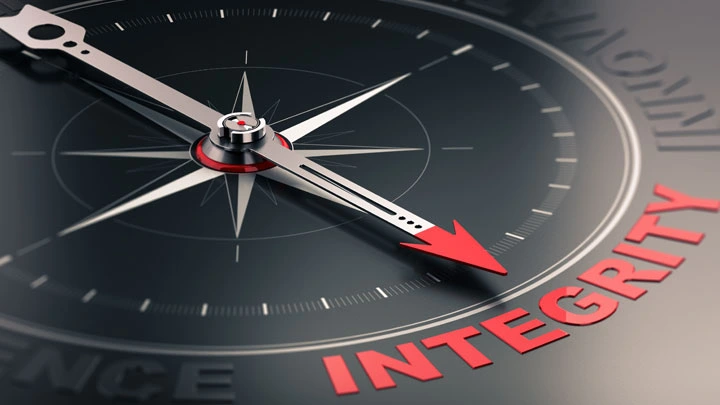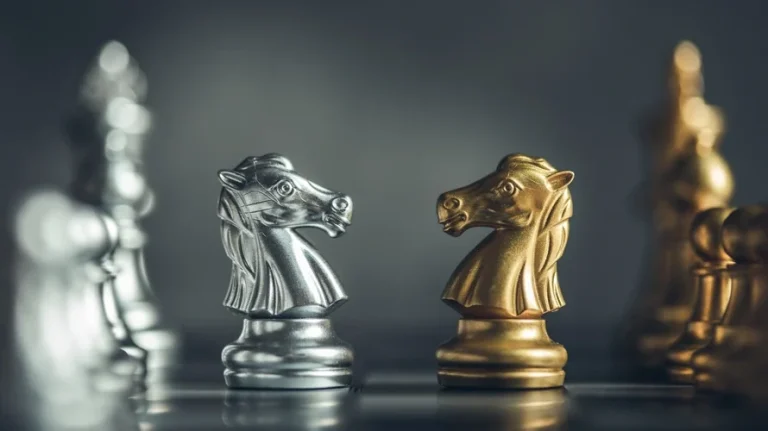
In our last article, we have explored one of the fundamentals of copyright in that an original work is protectable under the Copyright Act 1987 (“CA”) if it falls under one of the categories of the protectable works under section 10(1) of the CA. Other than copyright, it is noteworthy that an author’s moral rights also subsist in a piece of original work. This brings us to the two distinct concepts of authorship and ownership of a created work.
It is a well-accepted principle that an author of an original work, being the creator of the said work will initially own the copyright in the work. Section 26(1) of the CA copyright shall vest with the author. The issue of upon whom copyright and moral rights may vest often arises when the author decides to assign his or her copyright which is the economic rights in the copyright work i.e. the right to reproduce the said work for commercial purposes. This is because notwithstanding the transfer of the copyright, the author still retains moral rights in the work and is entitled to enforce those rights as stipulated under section 25 of the CA. This article will focus on the moral rights aspect of a copyright work.
What are moral rights? To put it simply, they are the non-economical rights enjoyed by the author and usually will encompass the following types:
(i) right of paternity; and
(ii) right of integrity.
These rights are expressly provided under section 25(2) of the CA and they are essentially aimed at protecting the integrity and reputation of the author. The right of paternity confers on the author the right to be identified as the author of the work during the presentation of the work whereas the right of integrity allows the author to prevent any distortion, mutilation or other modification of his/her created work where it may significantly alter the work and where it may be reasonably regarded as adversely affecting the author’s honour or reputation.
Right of Paternity
Whilst both of the rights of paternity and integrity are safeguarded under the section 25(2) of the CA, there are exceptions where actions which might otherwise have amounted to infringement of these rights may be justified. One of which is where a prior consent of the author is obtained. For instance, in the case of Syed Ahmad Jamal v Dato Bandar Kuala Lumpur [2011] 2 CLJ 569, the High Court found that the Defendant who had removed and modified a unique plinth bearing a sculpture entitled “Puncak Purnama”, had infringed the Plaintiff’s right of paternity as the Plaintiff was the author of the said sculpture. The High Court indicated that even though the Defendant was the copyright owner of the said sculpture, he ought not to have had modified the sculpture (by removing the plinth) without the prior consent of the Plaintiff and that the Defendant’s action in effect had deprived the Plaintiff’s right to claim authorship to the sculpture.
In another case of Mokhtar Haji Jamaludin v Pustaka Sistem Malaysia [1986] 2 MLJ 376, the Defendant was a book publisher and was given a licence to publish and sell the Plaintiff’s literary works entitled “Jalan Yang Berlubang” and “Ukuran Hati Mulia”. The Plaintiff upon discovering that the Defendant had printed another writer’s name on the Plaintiff’s literary works together with © next to the name of the Defendant on the reverse side of the title page of the said literary works, which gave a false indication of the copyright ownership of the said works, had brought a suit for breach of contract and copyright infringement against the Defendant. It was found that the Defendant whilst claiming it was a mistake on the printing of the books, did not rectify the errors despite the Plaintiff’s complaint. Even though there was no evidence of financial loss to the Plaintiff, the Court awarded damages for both the breach and copyright infringement. The Court indicated that in a case of copyright infringement, the damages which may be granted are at large in that it may be extended to both in the form of pecuniary loss or non-pecuniary loss, where it can be shown that there was injury to the author’s feelings of dignity and pride.
Right of Integrity
Another exception to the author’s moral rights may be seen where the circumstance is such that modification is necessary in order to allow an assignee, a licensee or any authorised person to exercise his right to publish, reproduce, perform in public or communicate to the public a work or to carry out any other authorised acts in relation to the copyright work. The scope of modification permissible however, this is very limited. The overriding principle is that the nature of the modification must not in any way adversely affect the author’s moral rights.
In the case of Syed Ahmad Jamal, the Court found that the modification works carried out by the Defendant on the sculpture fundamentally altered the original artwork constructed by the Plaintiff. On further evidence led to show that the results of the modification were derogatory of the honour or reputation of the Plaintiff, being a well-known artist, the Court found that the Defendant there had infringed the Plaintiff’s moral rights which were to object to derogatory treatment of the original work.
Conclusion
The moral rights residing in an original work are equally important to the ownership rights of a work protected under the CA. Where the owner of the copyright and the author are two different entities, the copyright owner should be made aware that the author retains the moral rights and refrain from carrying out any actions which may have an effect of denigrating the integrity of the original work and thereby undermining the author’s honour and reputation.



